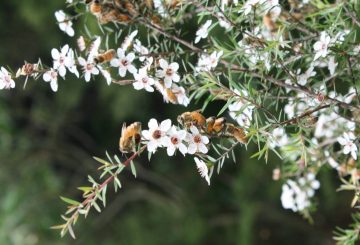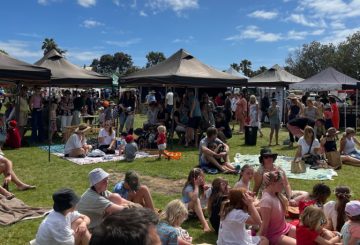Một chuyên gia hàng đầu về dịch bệnh đã cảnh báo rằng quyết định của New Zealand coi Covid-19 là một căn bệnh “bình thường” có thể gây rủi ro do sự lây lan liên tục của virus. Bắt đầu từ thứ Hai, những người trên 14 tuổi sẽ phải trả tiền cho các chuyến thăm bác sĩ liên quan đến COVID. Sự thay đổi này là một phần của kế hoạch tài trợ cho các dịch vụ Covid-19 giống như các bệnh khác bắt đầu từ ngày 1 tháng 7.
Giám đốc cơ quan y tế, Tiến sĩ Martin Hefford, cho biết một số dịch vụ vẫn sẽ được cung cấp miễn phí để giúp ngăn ngừa và quản lý Covid-19, đặc biệt là đối với những người có nguy cơ cao nhất. Chúng bao gồm vắc-xin miễn phí và thuốc kháng vi-rút cho những người đủ điều kiện. Bộ trưởng Y tế Shane Reti cũng đã gia hạn thời hạn xét nghiệm kháng nguyên nhanh miễn phí cho đến ngày 30 tháng 9. Trẻ em từ 13 tuổi trở xuống vẫn có thể gặp bác sĩ miễn phí trong giờ làm việc, kể cả đối với Covid-19.
Tuy nhiên, Tiến sĩ Michael Baker, giáo sư tại Đại học Otago, nói rằng điều trị Covid-19 giống như các bệnh khác có thể là một sai lầm. Ông chỉ ra rằng virus vẫn đang lây lan nhanh chóng ở New Zealand, gây ra làn sóng lây nhiễm. Vào đỉnh điểm của đợt sóng gần đây nhất, hơn 55 người mỗi ngày phải nhập viện. Ngay cả bây giờ, năm người mỗi ngày đang chết vì virus và hàng trăm người đang phát triển các triệu chứng lâu dài.
Tiến sĩ Baker nói rằng thật tốt khi vắc-xin miễn phí, thuốc kháng vi-rút và xét nghiệm vẫn có sẵn, nhưng cần nỗ lực nhiều hơn để kiểm soát virus. Ông kêu gọi một cách tiếp cận mạnh mẽ, tích hợp đối với tất cả các bệnh nhiễm trùng đường hô hấp, nhấn mạnh tầm quan trọng của việc phòng ngừa, tiếp cận dịch vụ chăm sóc và tự cách ly khi bị bệnh. Ông cũng bày tỏ hy vọng rằng sự hỗ trợ của chính phủ đối với các dịch vụ Covid-19 sẽ tiếp tục lâu dài. Ông kết luận bằng cách nói rằng việc quản lý virus là sự hợp tác giữa chính phủ, các nhà cung cấp dịch vụ y tế và công chúng, và mọi người cần làm việc cùng nhau.

















































-helped-regain-her-strength-and-balance-using-Nymbl-after-a-fall.-360x245.jpg)











